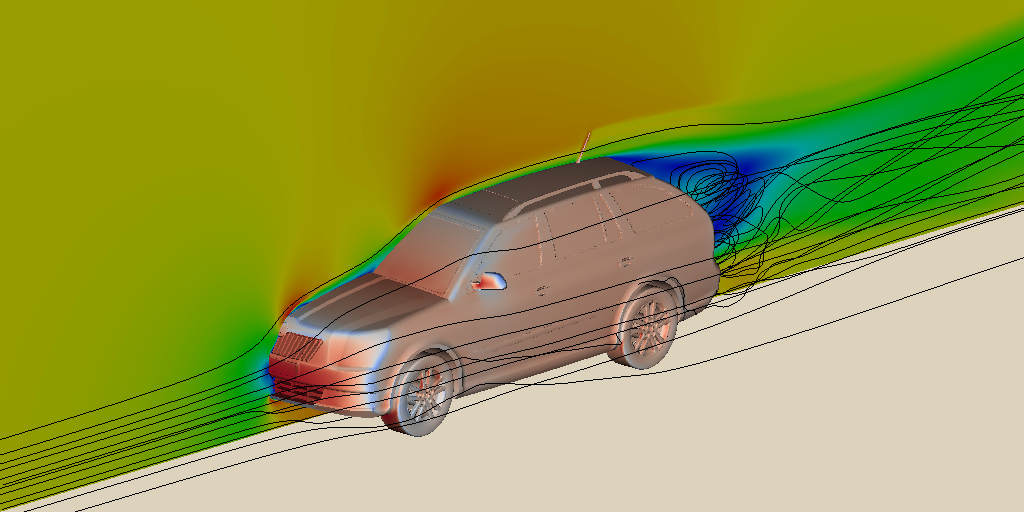Avonaire Solutions is a fast growing HVAC EPC (Engineering, Procurement, Construction) Company in India providing Heating, Ventilation & Air Conditioning Solutions to clients of various industries.
Computational Fluid Dynamics: Service Overview
Computational Fluid Dynamics (CFD) is the analysis of fluid flows using numerical solution methods. Using CFD, you are able to analyze complex problems involving fluid-fluid, fluid-solid or fluid-gas interaction. Engineering fields where CFD analyses are frequently used are for example aerodynamics and hydrodynamics, where quantities such as lift and drag or field properties as pressures and velocities are obtained. Fluid dynamics is involved with physical laws in the form of partial differential equations. Sophisticated CFD solvers transform these laws into algebraical equations and are able to efficiently solve these equations numerically.

Why use CFD?
CFD analyses have a great potential to save time in the design process and are therefore cheaper and faster compared to conventional testing for data acquisition. Furthermore, in real life tests a limited amount of quantities is measured at a time, while in a CFD analysis all desired quantities can be measured at once, and with a high resolution in space and time.
Because CFD analyses approximate a real physical solution, it should be noted that these CFD analyses cannot fully exclude physical testing procedures. For verification purposes tests should still be performed.
How does CFD work?
A CFD analysis basically consists of the following three phases:
Pre-processing
In this phase the problem statement is transformed into an idealized and discretized computer model. Assumptions are made concerning the type of flow to be modelled (viscous/inviscid, compressible/incompressible, steady/non steady). Other processes involved are mesh generation and application of initial- and boundary conditions.
Solving
The actual computations are performed by the solver, and in this solving phase computational power is required. There are multiple solvers available, varying in efficiency and capability of solving certain physical phenomena.
Post-processing
Finally, the obtained results are visualized and analyzed in the post processing phase. At this stage the analyst can verify the results and conclusions can be drawn based on the obtained results. Ways of presenting the obtained results are for example static or moving pictures, graphs or tables.

